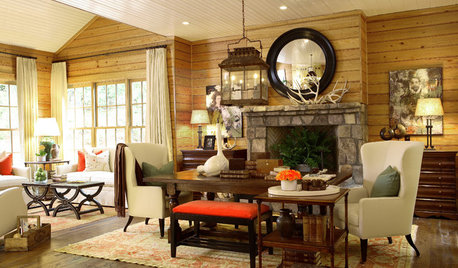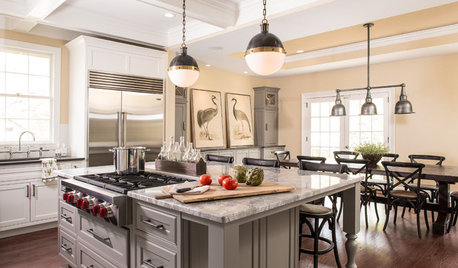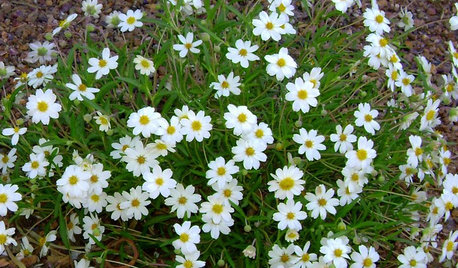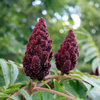problems with cold stratification
loewenzahn
9 years ago
Related Stories

ARCHITECTURE15 Smart Design Choices for Cold Climates
Keep your home safe and comfortable in winter by choosing the right home features and systems
Full Story
REMODELING GUIDESThe Hidden Problems in Old Houses
Before snatching up an old home, get to know what you’re in for by understanding the potential horrors that lurk below the surface
Full Story
LANDSCAPE DESIGNProblem Solving With the Pros: How to Build a Garden in an Urban Canyon
Skyscrapers, noise and deep shade create an unlikely sweet spot for a timeless green retreat in New York City
Full Story
LIFEHouzz Call: How Are You Handling the Record-Breaking Cold?
Share your tales, strategies and photos for everything polar vortex
Full Story
DECORATING GUIDESRooms We Love: A Mountain Retreat Made for Cold Winter Nights
Ample linen and Ushak carpets put a contemporary twist on cozy Appalachian style in a North Carolina show house
Full Story
HOUSEKEEPINGLower Your Heating Bills With Some Simple Weather Stripping
Plug the holes in your house this winter to make sure cold air stays where it belongs: outside
Full Story
HOUSEKEEPINGProtect Your House From Winter Water Damage
Avoid costly repairs by learning to spot potential problem areas before water damage is done
Full Story
KITCHEN DESIGNKitchen of the Week: Warming Trend in a 1920s Georgian
Renovation creates a formal yet functional and relaxed hub for entertaining — and takes care of the insulation problem
Full Story
GROUND COVERSGreat Design Plant: Blackfoot Daisy for Prettier Dry Ground
Don’t let its delicate looks fool you. This ground cover can survive extreme cold and heat, and with little water to boot
Full Story
DECORATING GUIDESFrom Queasy Colors to Killer Tables: Your Worst Decorating Mistakes
Houzzers spill the beans about buying blunders, painting problems and DIY disasters
Full Story






gardenprincethenetherlandsZ7/8
loewenzahnOriginal Author
Related Professionals
Lowell Landscape Architects & Landscape Designers · Oatfield Landscape Architects & Landscape Designers · Signal Hill Landscape Architects & Landscape Designers · Brownsville Landscape Contractors · Glendale Heights Landscape Contractors · Hannibal Landscape Contractors · La Mirada Landscape Contractors · Palos Verdes Estates Landscape Contractors · Soddy Daisy Landscape Contractors · Shenandoah Landscape Contractors · Merced Carpenters · Valley Stream Carpenters · Asheville Fence Contractors · Kendall Fence Contractors · Maryland City Fence ContractorsgardenprincethenetherlandsZ7/8
garystpaul
loewenzahnOriginal Author
morz8 - Washington Coast